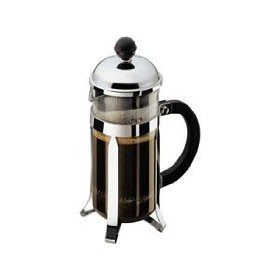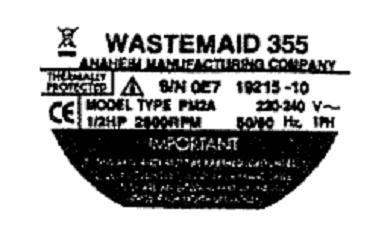Intellectual property law is generally considered a scheme for the protection of non-rivalrous, non-excludeable goods. In other words, because an idea once disclosed can be used by all, laws are needed to provide exclusivity so that the inventor can capture some reward for his or her work. Jefferson: “Society may give an exclusive right to the profits arising from [inventions], as an encouragement to men to pursue ideas which may produce utility.”
Sun Pacific Farming Cooperative v. Sun World International, Inc., though, demonstrates that not all “intellectual property” would otherwise be without protection. Plant patents are for the invention or discovery of asexually reproducing distinct and new varieties of plants. 35 U.S.C. § 161. But plants aren’t ideas, they’re tangible goods. Nevertheless, a patent scheme was considered valuable for their development:
No one has advanced a just and logical reason why reward for service to the public should be extended to the inventor of a mechanical toy and denied to the genius whose patience, foresight, and effort have given a valuable new variety of fruit or other plant to mankind.
This bill is intended not only to correct such discrimination, but in doing so it is hoped the genius of young agriculturists of America will be enlisted in a profitable work of invention and discovery of new plants that will revolutionize agriculture as inventions in steam, electricity, and chemistry have revolutionized those fields and advanced our civilization.
But the case demonstrates that for a plant patent, ownership of the patent may be less significant than control over the tangible goods. In 1972, Superior Farming bought real property, personal property, equipment, trademarks, plant patents and patent applications from several different owners. One of the defendants, Richard Peters, sold it two parcels of land. Superior Seedless/Sugraone grape vines, the subject matter of one of the plant patents, were growing on his property as well as the other sellers’ property. Richard Peters secretly took some of the grape vines and planted them at a friend’s farm, intending to use them for cross-breeding purposes after the patent expired. But for taking these vines, Superior Farming would have purchased all the existing vines.
The Sugraone patent expired in 1989. In 1993, Peters sold the grapevines to declaratory judgment plaintiff Sun Pacific, which sold a small quantity of the grapes. In 2001 Sun Pacific brought a declaratory judgment suit against Superior Farming’s successor-in-interest, Sun World International.
The court held in favor of Sun World on claims of conversion, intentional misrepresentation and declaratory judgment. The judgment states:
The court declares that Counter-Defendants have no lawful right to possess, control, propagate, market, develop, or transfer Sugraone materials, that Sun World holds all right title and interest in the Sugraone Materials, that Counter-Defendants have no lawful right to hold themselves out as lawful owners or sellers of the Sugraone materials, that Counter-Defendants shall provide to Sun World a complete accounting of all Sugraone materials in the possession, custody or control of Counter-Defendants or any of them within 60 days of entry of judgment.
Twenty years after the patent expired, Sun World has exclusive rights to the subject matter, perhaps indefinitely.
2006 decision:
Sun Pacific Farming Co-op., Inc. v. Sun World Intern., Civ. No. CVF01-6102 REC/DLB, 2006 WL 1716206 (E.D. Cal. June 16, 2006).
2009 decision:
Sun Pacific Farming Co-op., Inc. v. Sun World Intern., Civ. No. CVF01-6102 REC/DLB, 2009 WL 900751 (E.D. Cal. Mar. 31, 2009).
© 2009 Pamela Chestek




